Apart from the EOS 7D Mark II, all current APS-C format Canon DSLRs are sold with the option of an included ‘kit’ zoom lens. In many cases, you can choose between Canon’s latest 18-55mm or 18-135mm lenses, both of which give solid performance and come complete with image stabilization and virtually silent STM (Stepping Motor) autofocus systems, ideal for both stills and video capture. But a basic standard zoom will only get you so far.
Even with the generous 1.6x focal length multiplier or ‘crop factor’ of Canon EOS APS-C format bodies, the 18-135mm kit lens comes up short in telephoto reach for shooting action sports and wildlife. And both kit lenses lack a seriously wide viewing angle for some landscape and interior shots. You might also need a tight depth of field to blur the background in portraiture and still life images, something the relatively narrow widest apertures of kit lenses struggle to deliver. Another popular lens option is a ‘macro’ optic for shooting extreme close-ups.
The biggest bonus of any interchangeable lens camera is that you can fit the ideal lens for the job at hand, from ultra-wide zoom to super-telephoto, and fast primes in between. In fact, sometimes full-frame-compatible lenses are a better option than dedicated APS-C format lenses.
Lens designations
It’s actually worth getting the designations of lenses clear at this point. Canon’s EF (Electro-Focus) lens mount dates back to 1987 and the 35mm film era. The EF-S variant was launched in 2003, to suit Canon DSLRs with smaller, APS-C image sensors. There are no issues using EF lenses on APS-C format cameras, but you can’t use an EF-S lens on a full-frame DSLR. The classifications used by Sigma are DC (APS-C) and DG (full-frame) and for Tamron it’s Di-II (APS-C) and Di (full-frame).
We’ve put all of the main contenders through their paces with rigorous lab testing and shooting in all manner of ‘real-world’ scenarios
If you’ve got a Canon camera, it might seem sensible to use Canon lenses. However, third-party lenses from the likes of Sigma and Tamron often give similar or even better performance than own-brand Canon lenses, and at more competitive prices.
We’ve put all of the main contenders in the various categories through their paces with rigorous lab testing and shooting in all manner of ‘real-world’ scenarios. Based on the results, here’s our list of the 10 best lenses to buy for your Canon APS-C format body. We’ve included outright winners in each category, as well as best-value alternatives to suit a tighter budget.
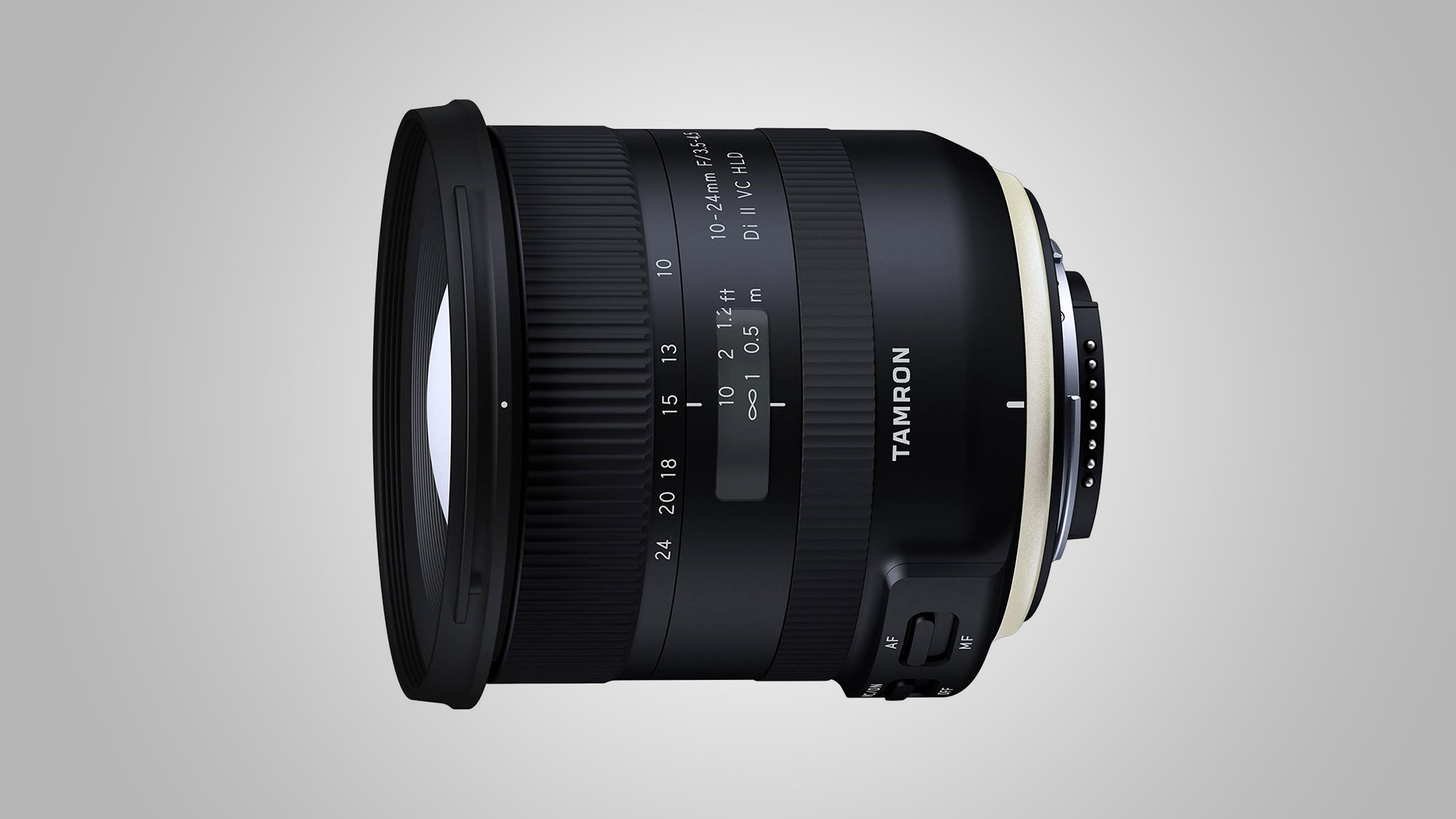
A major upgrade from Tamron’s original 10-24mm lens, the new ‘VC HLD’ edition adds image stabilization and a new autofocus system, which is quicker and quieter. Handling is also improved, because the focus ring no longer rotates during autofocus. The good-quality build includes weather seals and a keep-clean fluorine coating on the front element. Image quality benefits from good sharpness and contrast, along with well-contained distortions for an ultra-wide zoom lens, and fairly minimal color fringing.
Great-value option: Canon EF-S 10-18mm f/4.5-5.6 IS STM
Not much more than a third of the price of the Tamron 10-24mm, this is a top-value buy. It matches the Tamron’s maximum viewing angle, includes image stabilization and has a compact, lightweight build that’s well matched to bodies like the EOS Rebel T6 / 1300D and EOS Rebel SL2 / 200D.
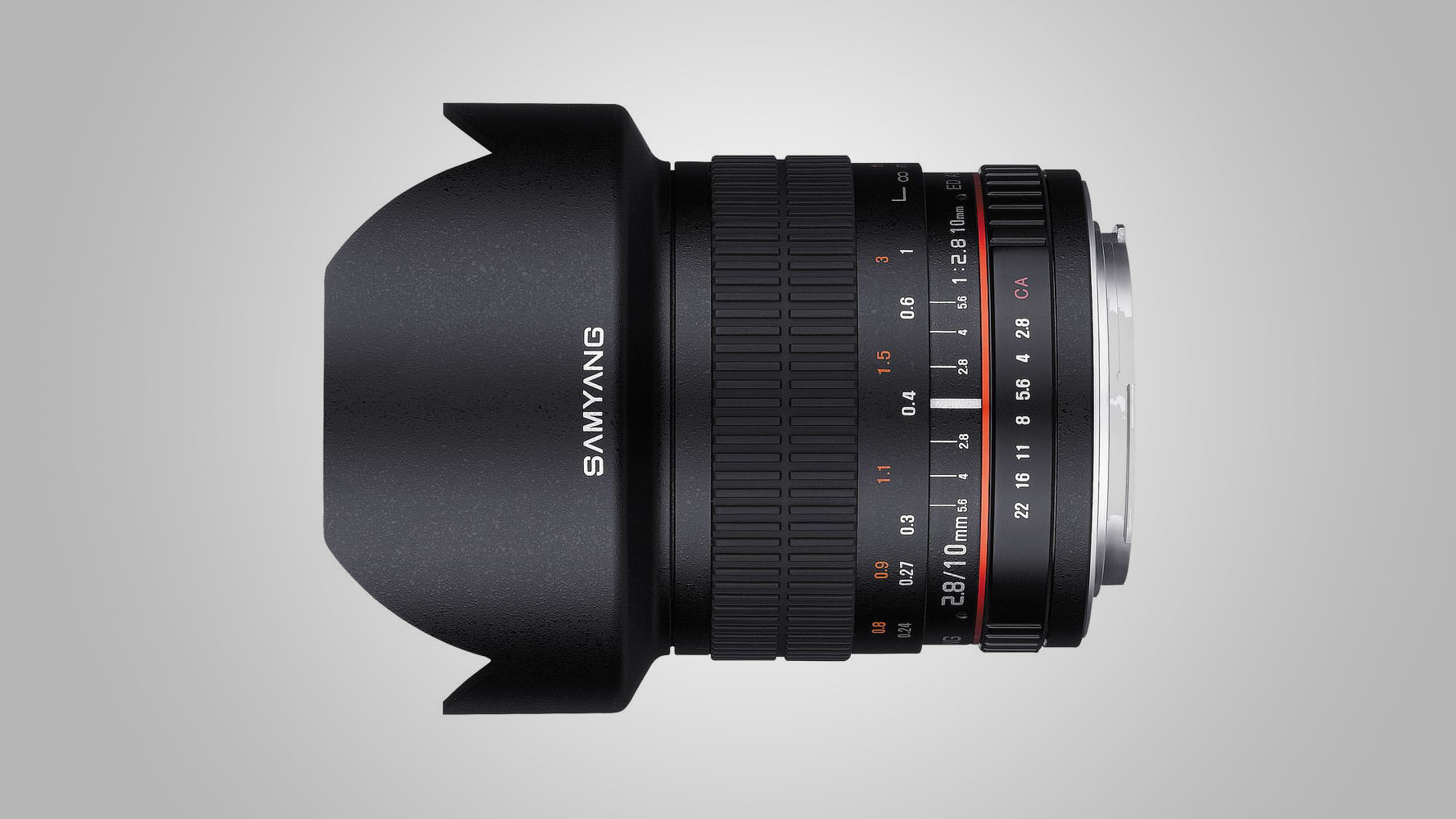
We’ve got so used to autofocus that a lens which you can only focus manually might sound like a retrograde step. However, the huge depth of field enabled by a lens with such a short focal length makes accurate focusing less critical. Better still, the Samyang’s distance scale enables you try traditional focusing methods for landscape and street photography, like setting the hyperfocal distance and ‘zone focusing’. Smart design and high-quality glass help to ensure good image quality, while nano-structure coatings help to keep ghosting and flare to a minimum.
Great-value option: N/A
Wide-angle prime lenses for APS-C format cameras are practically non-existent. Canon does make an EF-S 24mm pancake lens but, taking the crop factor into account, it’s more ‘standard’ than ‘wide-angle’.
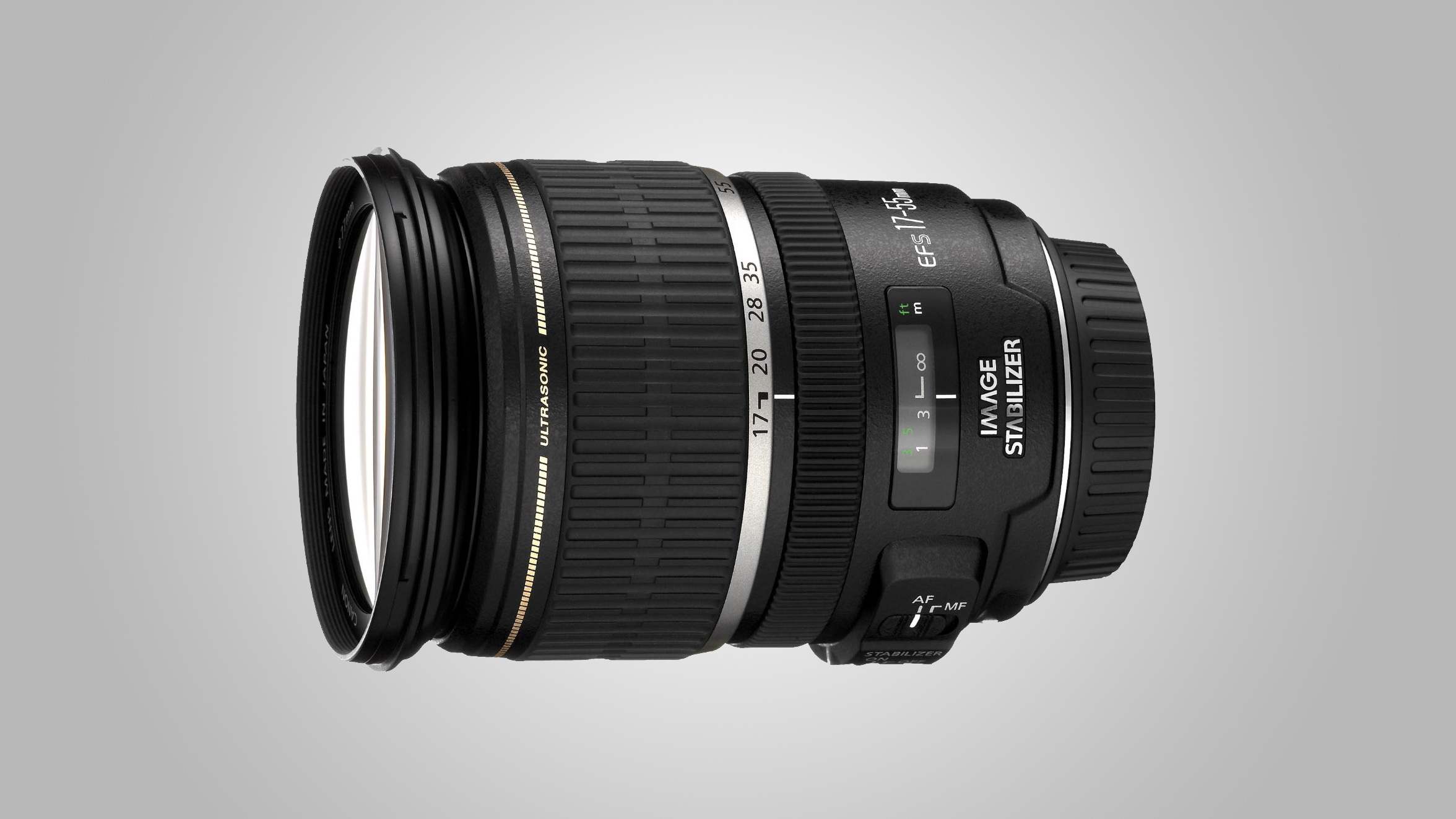
Now more than a decade old, this was the first enthusiast/pro-grade EF-S standard zoom lens Canon produced. It’s still the best, and the only one to feature a fast and constant (meaning it's available throughout the entire zoom range) f/2.8 aperture. It’s also the most expensive standard zoom for APS-C format Canon cameras, and has enthusiast-friendly features like ring-type ultrasonic autofocus and a focus distance scale beneath a viewing window. Even so, it’s not one of Canon’s L-series (Luxury) lenses, and has no weather seals. Frustratingly, as with the vast majority of non-L-series Canon lenses, you need to buy the lens hood separately.
Great-value option: Sigma 17-70mm f/2.8-4 DC Macro OS HSM | C
Relatively compact and lightweight, this Sigma has a variable yet fairly fast aperture rating and delivers impressive image quality, at a bargain price.
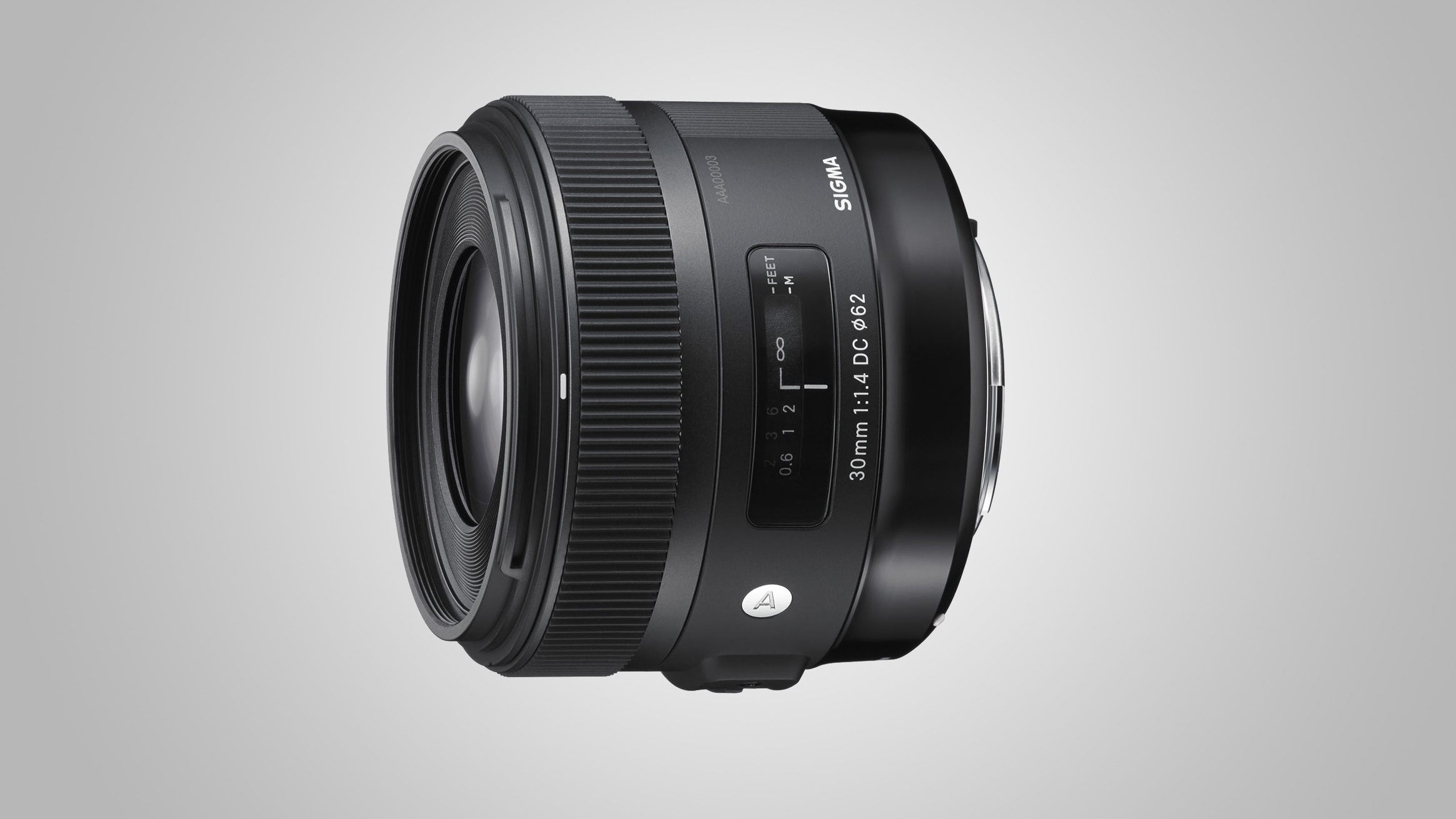
Whereas most APS-C format cameras have a 1.5x crop factor, Canon’s is a little more aggressive at 1.6x, and that makes this Sigma 30mm a particularly good fit as a ‘standard prime’, as its effective focal length works out to 48mm, only marginally short of the preferred 50mm. As one of Sigma’s recent ‘Art’ class lenses, it’s beautifully built and boasts a fast f/1.4 aperture rating. This not only enables fast shutter speeds under low lighting, without needing to push your ISO setting too far, but delivers a fairly tight depth of field, even taking the relatively short ‘actual’ focal length into account. Image quality is very impressive in all respects and, for such a ‘fast’ lens, sharpness remains excellent even at the widest available aperture. Autofocus is also fast, thanks to a rear-focusing mechanism that drives the smaller, rear elements of the lens via a ring-type ultrasonic system. The front element therefore neither extends nor rotates during focusing.
Great-value option: Canon EF-S 24mm f/2.8 STM
Unfeasibly small and lightweight, this ‘pancake’ lens measures less than an inch in length and tips the scales at a mere 125g. It doesn’t have a very fast aperture, at f/2.8, but image quality is very good and it’s a great little prime for traveling light, with an ‘effective’ focal length of 38.4mm on APS-C cameras, which is a good compromise between a wide-angle and standard lens.
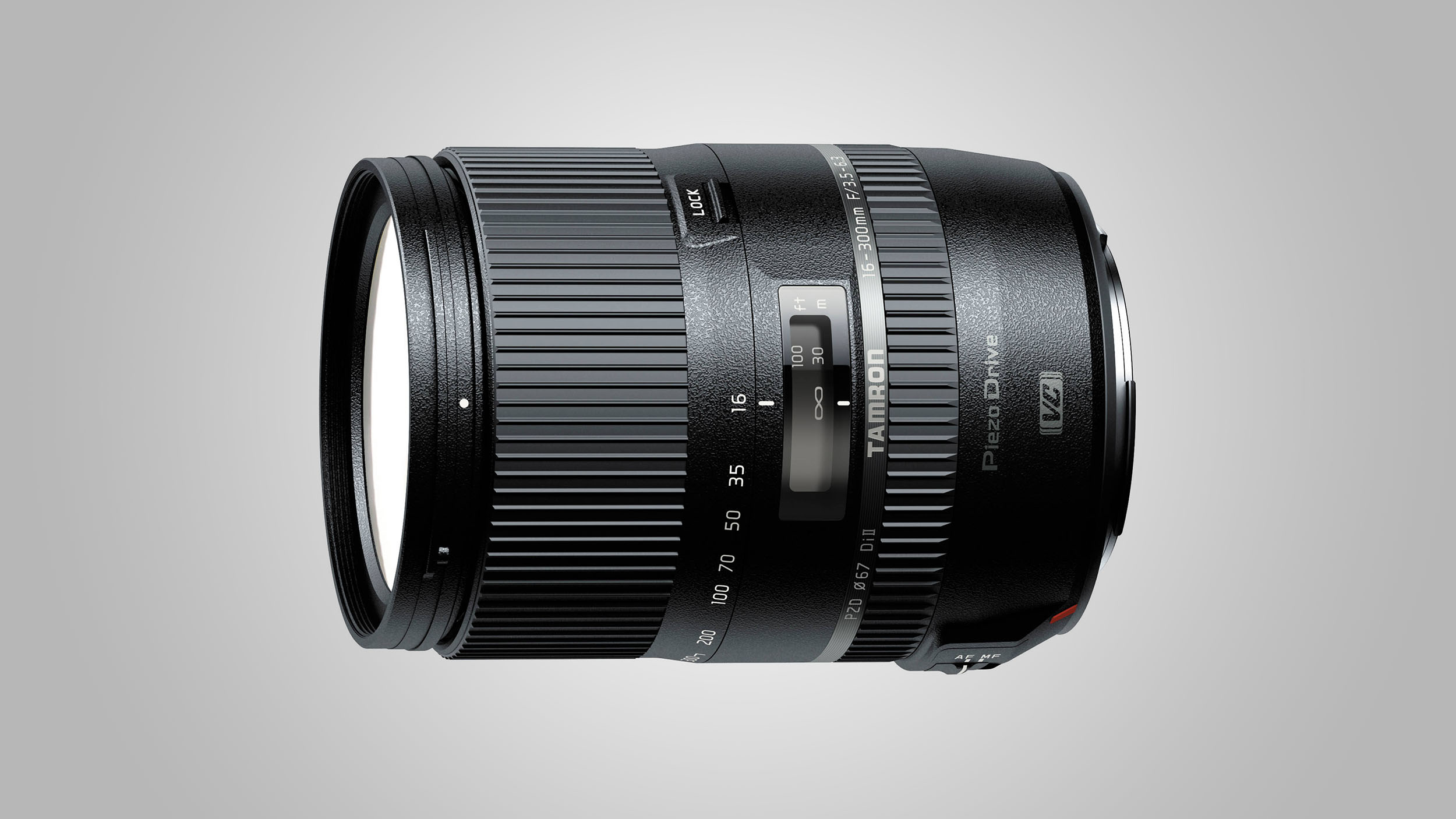
Canon’s only real ‘superzoom’ lens for APS-C format cameras is the EF-S 18-200mm, which is about 10 years old, has a rather basic autofocus system, and is frankly a bit of a disappointment. This Tamron lens is a much more attractive option. It’s unique among superzoom lenses in shrinking to 16mm rather than the usual 18mm at the short end of its zoom range. A couple of millimeters might not sound much, but the extra wide-angle potential is very noticeable in practice. There’s no skimping at the long end either, with a generous 300mm maximum focal length, far outstripping the Canon. Unusually for a PZD (Piezo Drive) ultrasonic autofocus system (which relies on a small motor rather than a ring-type arrangement), the focus ring remains fixed during autofocus and adds a manual override facility. The only real downside is that, like most superzoom lenses, sharpness drops off a little at the long end of the zoom range, and barrel distortion is quite pronounced at the short end.
Great-value option: Tamron 18-200mm f/3.5-6.3 Di II VC
Remarkably compact and lightweight for a superzoom, the new edition of Tamron’s 18-200mm makes an excellent all-in-one ‘travel lens’, and is unbeatable value at the price.
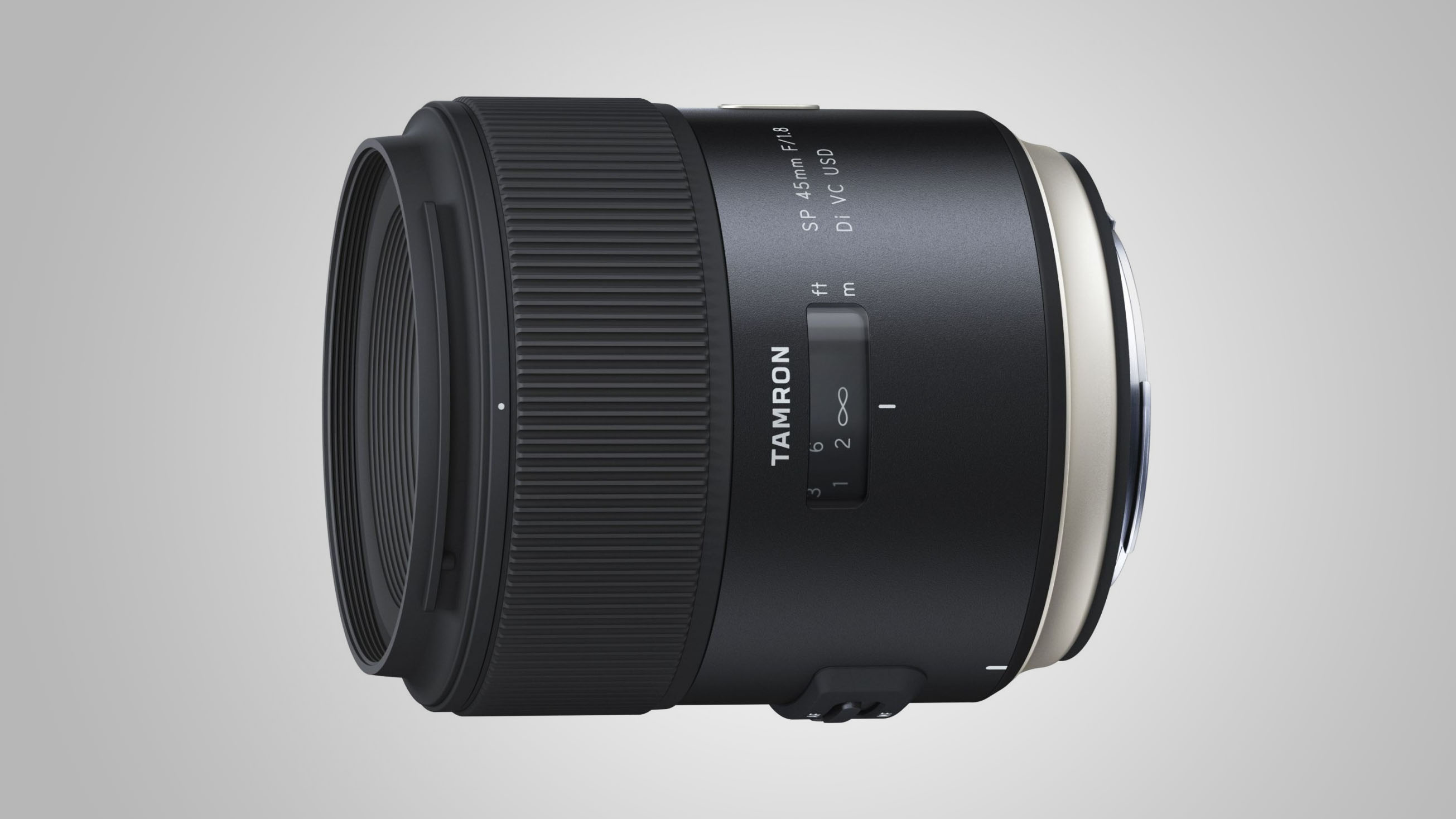
Compared with budget 50mm lenses, such as the Canon EF 50mm f/1.8 STM, this one is a lot more expensive. Indeed, it’s also pricier than Canon’s faster f/1.4 lens. However, the Tamron is really nicely made, and boasts an optical stabilizer that’s lacking in both Canon 50mm lenses, and most others from the likes of Sigma. It’s full-frame compatible but gives an effective focal length of 72mm on APS-C cameras, ideal for portraiture. As such, bokeh is important, and it’s here that Tamron strikes gold, with defocused areas having a deliciously smooth and creamy appearance, while in-focus areas retain good sharpness.
Great-value option: Canon EF 50mm f/1.8 STM
The STM (Stepping Motor) edition of Canon’s EF 50mm f/1.8 lens is much better built than its predecessors, with a metal rather than plastic mounting plate, a more well-rounded aperture based on seven diaphragm blades instead of five, and a more refined autofocus system. Image quality is essentially as good as from Canon’s more upmarket 50mm f/1.4 lens, making the f/1.8 STM unbeatable value at the price.
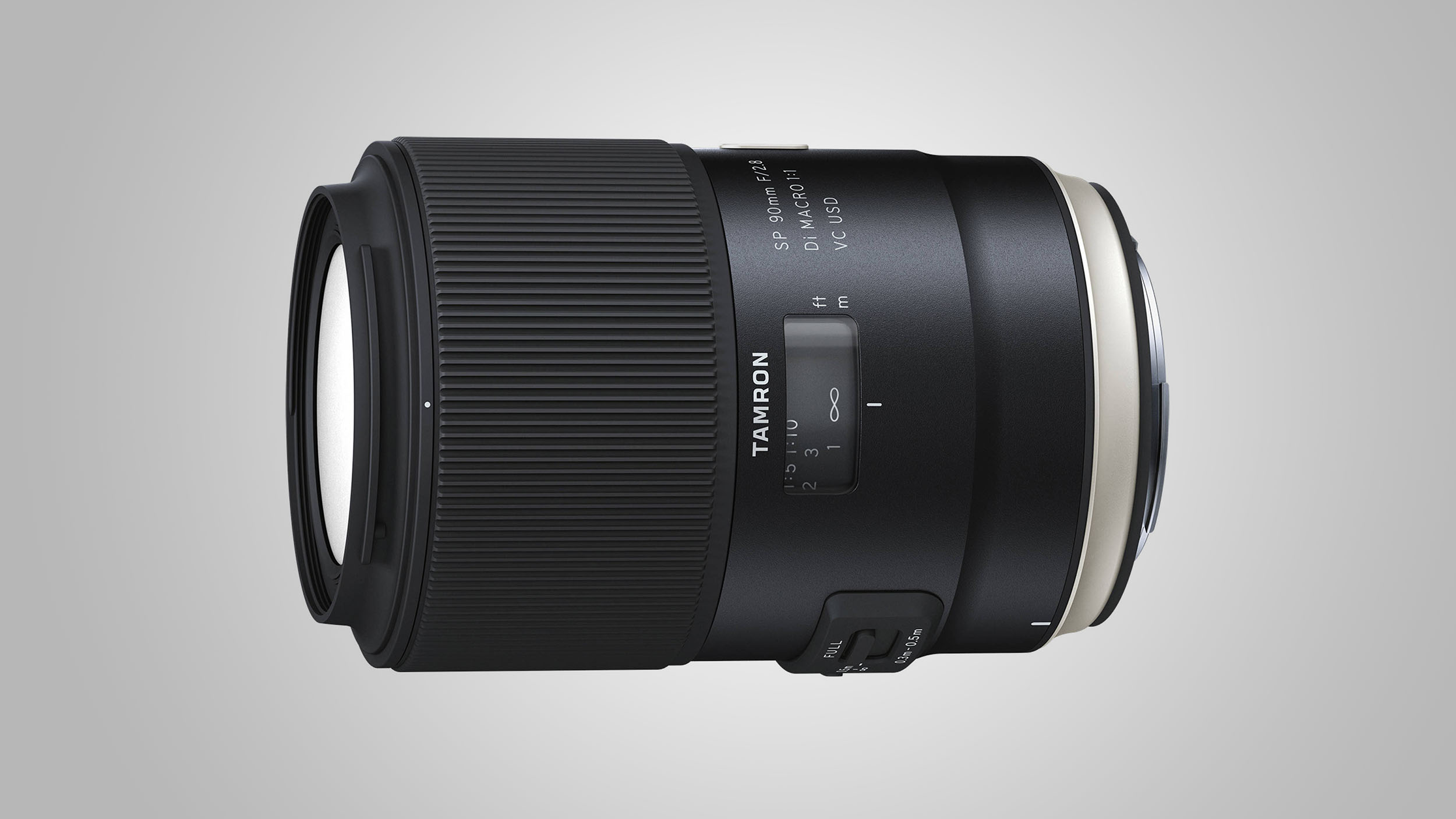
Not to be confused with the preceding Tamron 90mm macro lens of the same name (which had a gold ring around the barrel), this one adds higher-grade glass, dual nano-structure coatings, improved weather seals and a fluorine coating on the front element. More importantly, it has a redesigned autofocus system that’s optimized for close-up shooting, and a new ‘hybrid’ optical stabilizer that counteracts axial shift (up-down or side-to-side movement) as well as the usual angular vibration (wobble). In this respect, it’s similar to Canon’s range-topping EF 100mm f/2.8L Macro IS USM lens, but in our tests the Tamron had the edge for image quality, and it's less expensive to buy.
Great-value option: Sigma 105mm f/2.8 EX DG OS HSM Macro
It lacks the Tamron’s hybrid stabilization system and weather seals, but has refined handling and delivers superb image quality, all at a knockdown price.
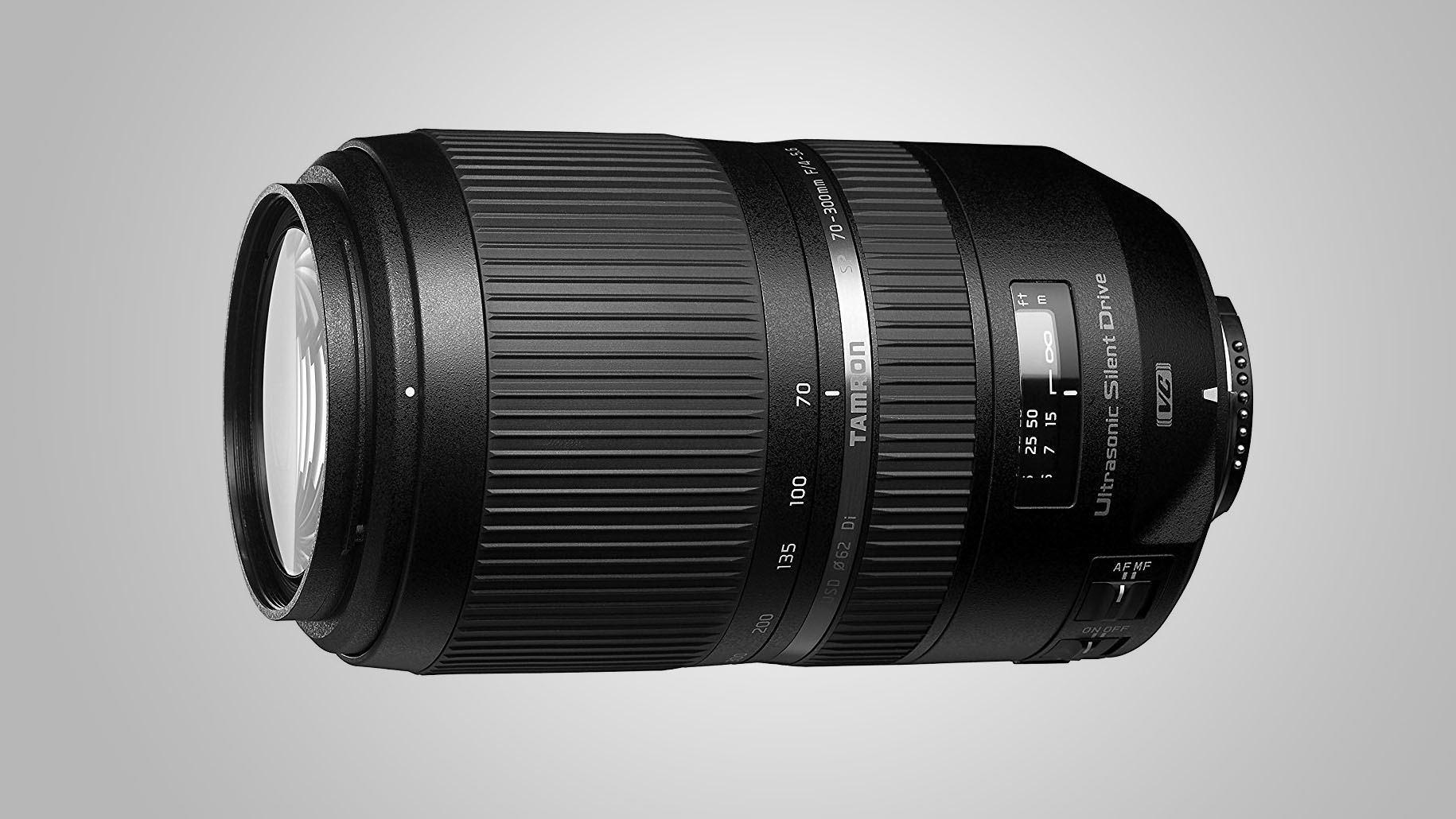
When it comes to telephoto zooms, there’s a lot to be said for buying a full-frame compatible 70-300mm lens. They tend to still be manageably compact and lightweight, and you’ll be cherry-picking the best image quality from the centre of the frame when using a camera with a smaller, APS-C image sensor; and naturally, should you upgrade to a full-frame body in the future you’ll also be able to continue using the lens. This Tamron is a great example of the breed. It has very good build quality, complete with weather seals, and delivers impressive image quality. Further plus points include fast and whisper-quiet ring-type ultrasonic autofocus with the usual manual override, and an effective image stabilizer. Sharpness and contrast are very good throughout the entire zoom range, although, as is typical with telephoto zooms, sharpness does drop off a little at 300mm.
Great-value option: Canon EF-S 55-250mm f/4-5.6 IS STM
Designed exclusively for APS-C cameras, this Canon lens is refreshingly compact and lightweight for a telephoto zoom, although part of the weight-saving is due to it having a plastic rather than metal mounting plate. As with other STM lenses, the stepping motor autofocus system works well for both stills and movies. Sharpness is good throughout the zoom range, even when shooting wide-open, and the image stabilizer is worth about three stops.
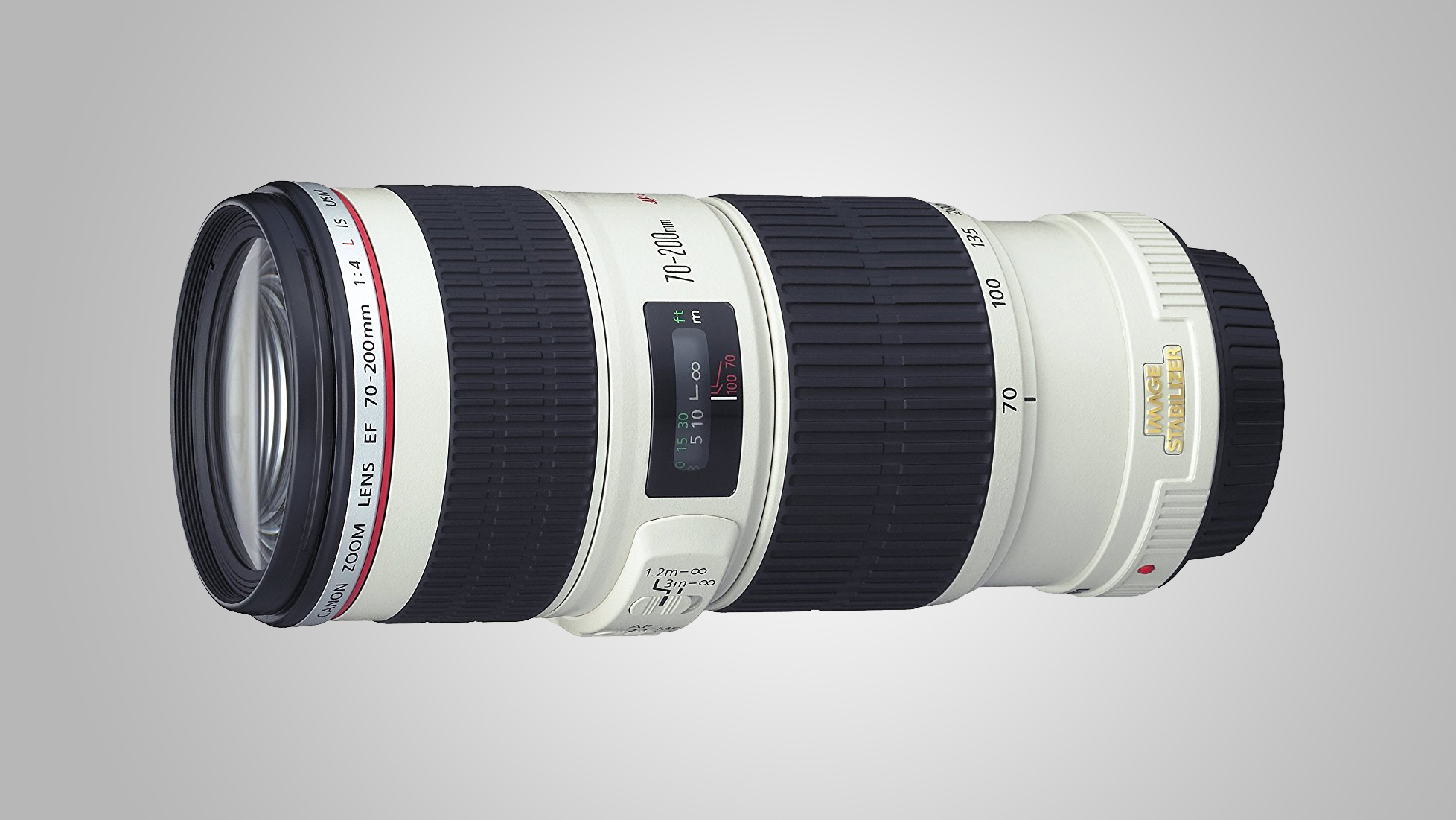
So-called ‘fast’ telephoto zooms tend to be fairly big and heavy, with the 70-200mm f/2.8 lenses often favored by pro photographers weighing in at around 1.5kg – that’s a lot of weight to hang off the front of a small APS-C format body like a EOS Rebel SL2 / 200D or EOS Rebel T7i / 800D. An f/stop slower, this lens still offers a constant aperture of f/4 throughout the zoom range, along with L-series trapping like pro-grade build quality, weather seals and optical excellence, but it's a much more manageable package – indeed, it’s only about half the weight of most 70-200mm f/2.8 zooms. Sharpness and contrast are superb, boosted by the use of top-notch fluorite and UD (Ultra-low Dispersion) elements, and the ring-type ultrasonic autofocus system is super-fast.
Great-value option: Sigma 70-200mm f/2.8 EX DG OS HSM
A great bargain buy, the Sigma has the faster, often favored f/2.8 aperture rating and is a very good performer, although it lacks weather seals.
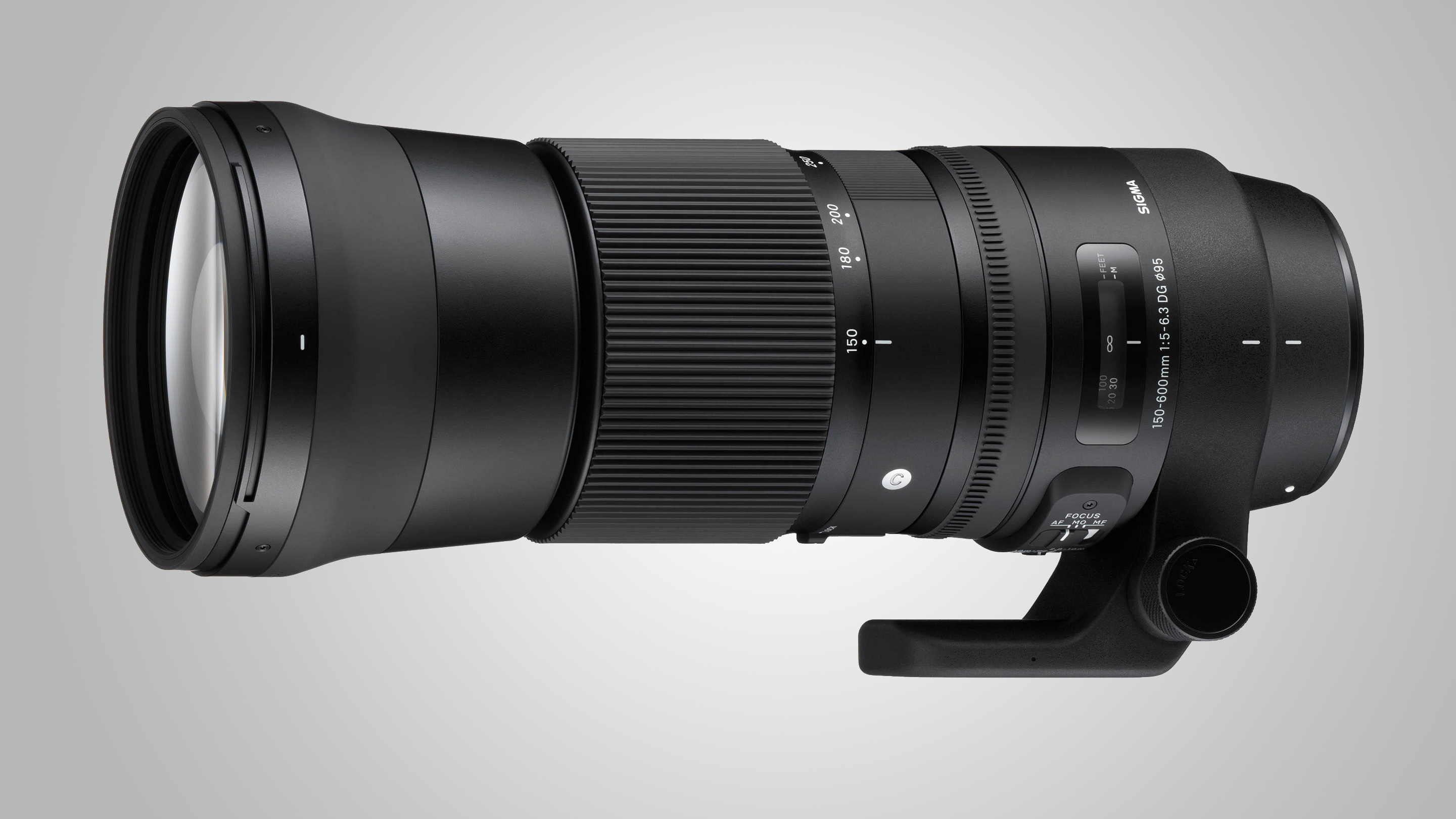
Sigma has a history of pushing the envelope when it comes to super-telephoto reach, and this 150-600mm delivers a spectacular effective focal length of 960mm at the longest end of its zoom range when used on an APS-C format Canon body. Even so, its physical size isn’t too monstrous, and it weighs less than 2kg, making it nearly a kilogram lighter than Sigma’s 150-600mm Sport lens. It features many of the same design flourishes as its bigger sibling, including dual, switchable autofocus modes for auto or manual priority, dual-mode stabilization for static and panning shots, and a dual-position autofocus range limiter that can lock out either the short or long end of the range. It also features the same zoom lock mechanism, which enables you to lock the zoom length at any marked (numbered) position between 150mm and 600mm. Performance is very good, from sharpness, contrast and other optical attributes to autofocus speed, stabilization and handling. Overall, it’s a top buy that’s ideal for maximizing your telephoto reach on Canon APS-C format bodies.
Great-value option: Sigma 100-400mm f/5-6.3 DG OS HSM | C
The maximum focal length is comparatively modest but Sigma’s new Contemporary class super-telephoto zoom is wonderfully compact and lightweight, making prolonged handheld shooting less of a strain.